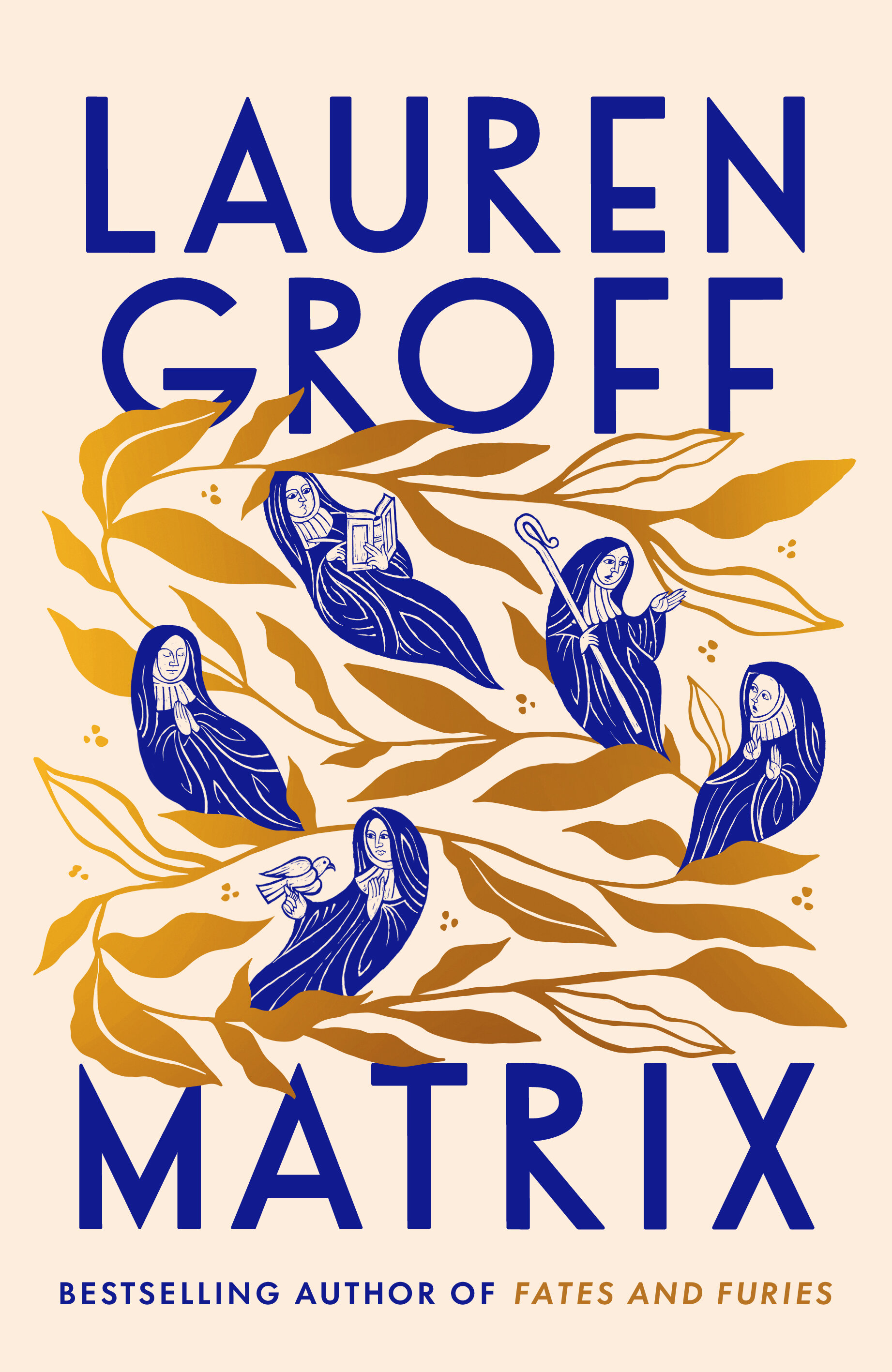matrix by lauren groff
the financial times 16 october 2021
Fates and Furies, Lauren Groff’s third novel, told the story of a long marriage, first from the perspective of a complacent husband and then from the perspective of his less complacent wife. It was also chosen by Barack Obama as his best book of the year in 2015. Groff has said the attention this brought her made it difficult for her to write another novel, but there was another problem: “I wanted to get as far away from Trump’s America as possible.”
Her fourth and latest novel, Matrix, offers another perspective from the female experience but is far removed from the present day. The setting is a 12th-century convent, which Groff describes as a “flawed female utopia”. The real-life medieval poet Marie de France — about whom so much is unknown — is Groff’s heroine. What is known about Marie de France is that she wrote a translation of Aesop’s fables and, more importantly, a collection of Breton lais, or romances, which celebrated courtly love.
In Groff’s version, at 17 years old, Marie is cast from the royal court of Eleanor of Aquitaine to take up a new post as the prioress of a struggling abbey. Eleanor is a conventionally beautiful medieval queen, “all bosom and golden hair and sable fur lining the blue robe”. Marie, who has fallen in love with her, has royal blood — indeed, she is Eleanor’s half sister — but she is a bastardess born of rape to a 13 year old girl who was attacked by the king’s father, and her “gauche bigboned body” makes her an embarrassment at court.
In effective exile, Marie nonetheless shows herself to be an accomplished administrator; gradually, she manages to turn around the abbey where, when she arrived, nuns had been both starving to death and dying of a coughing sickness. (Pandemics recur in Groff’s fiction; having written in her 2012 novel Arcadia about a “worldwide death event” set in 2019, she later reflected, “It was a terrible thing to be right about.”)
Groff’s prose, for all its earthy vigour, is not always easy to untangle. At one point Marie is described as being “all sticks and knots in her hunger to return to the barn to make her work in the guttering light of her candle stub.” Later in the book, after a sexual encounter, “Her body slowly retakes her senses one by one, frogsong, sweet mud underneath, the taste of Elgiva’s mouth, numb skin ticking back into feeling.”
The novel is written in the present tense and while Groff gains a sense of immediacy by opting for this, she also loses some tonal variation. The narrative is rarely less than lively, however, not least when Sister Gytha, instead of painting Saint Lucy on a manuscript as expected, depicts a tree laden with multiple vulvas. The nun then runs outside to dance in the sheep pens, where she is killed by lightning.
There is a kind of subversiveness in Marie slowly, steadily entering into her full power as her periods stop: “She is given instead a long, cold clarity”. Yet, even post-menopausal, Marie is not clear-eyed enough to perceive that once she appoints herself as the priest, she should no longer be the person to hear the confessions of her staff. In introducing this flaw in Marie’s character, Groff prevents the feminist triumph of her rehabilitation of the abbey from sounding too implausible or anachronistic.
There is a thread of eroticism that runs through the novel, from Marie’s longing for Eleanor (whom in this version, Marie dedicates her courtly romances to) to the feverish consummation of desire between Marie and her servant Cecily at court and the sexual relationships Marie has with several nuns. When a young girl arrives at the abbey in a dress that makes her appear naked, “something in Marie, something awful, rises up. It says softly, hissing, that this girl might be worth burning the abbey to the ground.”
Groff rarely makes explicit any moral judgement which — in a novel set in a medieval convent — is somehow unexpected. Instead, she argues powerfully, and somewhat topically, for a community in which “there is a place here even for the maddest, for the discarded, for the difficult”.
This review originally appeared in the Financial Times
